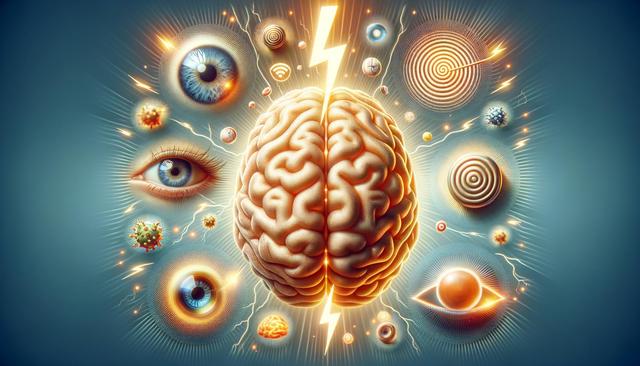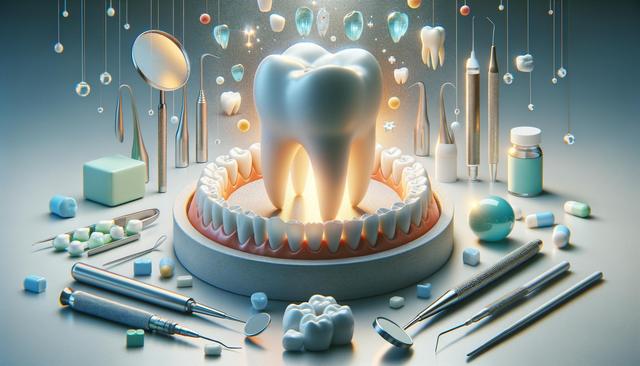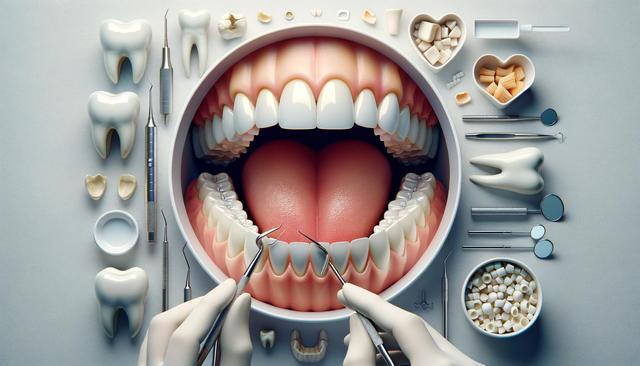What Are Migraines?
Migraines are a complex neurological condition characterized by intense, often debilitating headaches that can last for hours or even days. Unlike typical tension headaches, migraines are usually unilateral, meaning they affect one side of the head. They are often accompanied by various other symptoms that differentiate them from other forms of headaches. Migraines affect a significant portion of the population and can severely impact daily functioning and quality of life. Understanding what constitutes a migraine is essential for identifying and managing it effectively.
A migraine is generally divided into four phases: prodrome, aura, headache, and postdrome. Not everyone experiences all four phases, but many individuals report a combination of these stages. During the prodrome, which can begin a day or two before the migraine, early warning signs such as mood changes, neck stiffness, or food cravings may appear. The aura phase, experienced by some, involves visual disturbances like flashing lights or blind spots. The headache phase is typically characterized by severe throbbing or pulsing pain, often on one side of the head. Finally, the postdrome phase can leave a person feeling drained or confused for up to a day after the headache subsides.
Common Causes and Triggers
Migraines are believed to be caused by a combination of genetic and environmental factors. While the exact cause is not fully understood, several common triggers have been identified that may lead to the onset of a migraine. Recognizing and avoiding these triggers can play a crucial role in managing the frequency and intensity of migraine episodes.
Some of the most commonly reported triggers include:
- Hormonal changes, especially in women during menstruation, pregnancy, or menopause
- Stress and anxiety
- Disrupted sleep patterns or insufficient sleep
- Dietary influences such as aged cheeses, processed meats, and foods containing additives like MSG
- Caffeine overuse or withdrawal
- Alcohol, especially red wine
- Environmental factors such as bright lights, loud noises, or strong smells
It’s important to note that triggers can vary widely between individuals. Keeping a migraine diary can help identify personal triggers and patterns, making it easier to manage the condition effectively.
Recognizing the Symptoms
Identifying the symptoms of a migraine is key to getting timely treatment and minimizing its impact. Migraines present with a wide range of symptoms, and these can vary not only between individuals but also from one attack to another. The most prominent symptom is a moderate to severe headache, often described as throbbing or pulsing, typically on one side of the head.
Other common symptoms include:
- Sensitivity to light (photophobia) and sound (phonophobia)
- Nausea and vomiting
- Visual disturbances such as seeing flashes of light or zigzag patterns
- Fatigue and difficulty concentrating
- Dizziness or vertigo
- Scalp tenderness
Recognizing these symptoms early, especially during the prodrome or aura phases, can allow for early intervention which may reduce the severity or duration of the migraine.
When to Seek Medical Attention
While occasional migraines can often be managed with lifestyle adjustments and over-the-counter medications, more frequent or severe migraines may require professional evaluation and treatment. It’s important to consult a healthcare provider if migraines are interfering with your daily life, increasing in frequency, or changing in pattern. Certain symptoms may also signal a more serious condition and should be addressed promptly.
Seek immediate medical attention if you experience:
- An abrupt, severe headache unlike any you’ve had before
- Headache with fever, stiff neck, confusion, seizures, or double vision
- Headache after a head injury
- New headache symptoms if you’re over the age of 50
Healthcare providers may recommend diagnostic tests such as MRI or CT scans to rule out other causes. In some cases, prescription medications or preventive therapies may be advised to manage the condition more effectively.
Managing Migraines Through Lifestyle
While migraines cannot always be avoided, adopting healthy lifestyle habits can help reduce their frequency and severity. A consistent approach to managing known triggers and supporting overall wellness can make a significant difference in long-term migraine management.
Consider the following lifestyle strategies:
- Maintain a regular sleep schedule, aiming for 7–8 hours per night
- Manage stress through relaxation techniques like yoga, meditation, or deep breathing
- Stay hydrated and eat regular, balanced meals
- Limit caffeine and alcohol intake
- Exercise regularly but avoid overexertion, which can sometimes trigger migraines
In addition to these habits, keeping a detailed migraine journal can help track triggers, symptoms, and effective interventions. This information can be incredibly helpful when working with a healthcare provider to tailor an individualized treatment plan.


